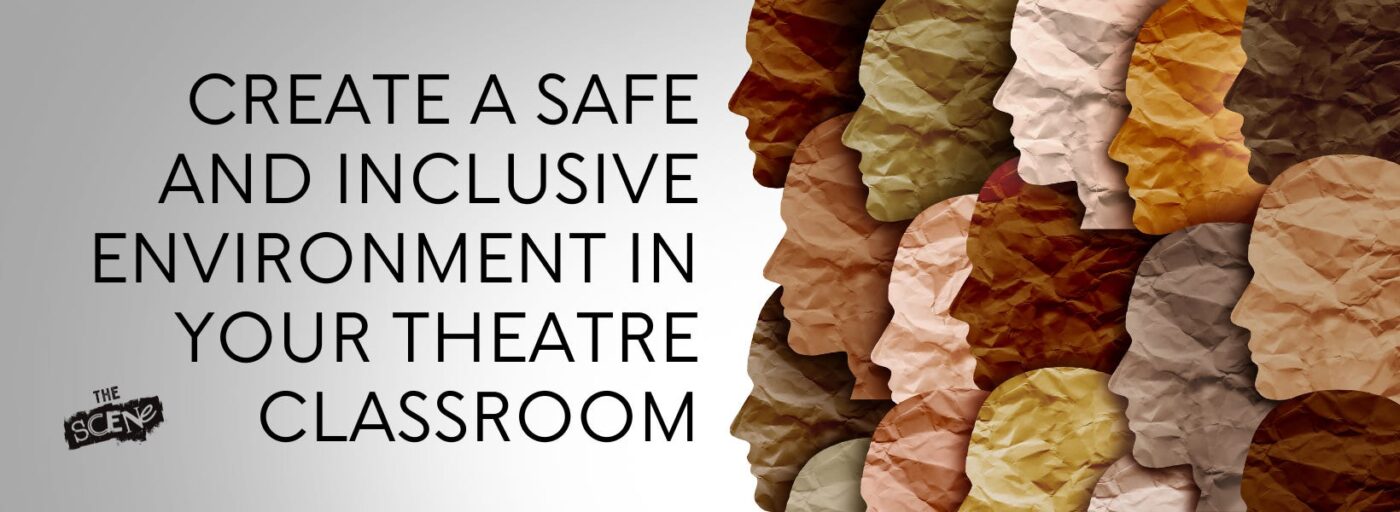Creating a safe and inclusive environment in your theatre classroom is not only a moral imperative but also a professional responsibility. Theatre is a collaborative art form that requires trust and respect among all participants. Therefore, it is essential to create an environment that fosters these values and enables all students to feel comfortable and supported. The following are some strategies you can use to create a safe and inclusive environment in your theatre classroom:
SET CLEAR EXPECTATIONS AND GUIDELINES: – Start the semester, rehearsals, or meetings by setting clear expectations and guidelines for behavior in the classroom and at the theatre. Make sure all students understand what is expected of them in terms of respect, collaboration, and inclusivity. Encourage students to ask questions and clarify anything they may not understand.
FOSTER A CULTURE OF RESPECT – Respect is crucial in any collaborative environment. Encourage students to respect each other’s opinions, backgrounds, and identities. Model respectful behavior yourself and intervene if you witness disrespectful behavior. Don’t let anyone become a diva.
CELEBRATE DIVERSITY – Theatre is an art form that celebrates diversity and different perspectives. Make sure to incorporate diverse voices and stories into your curriculum and show selection. Encourage students to share their own experiences and perspectives.
CREATE A SAFE PHYSICAL ENVIRONMENT – Ensure that your classroom is a physically safe space. Make sure all equipment and props are in good condition and that the space is free of hazards. Also, ensure that the space is accessible to all students, including those with disabilities.
BE AWARE OF POWER DYNAMICS – Theatre is an art form that requires a lot of vulnerability, and students may feel pressure to perform or conform to certain expectations. Be aware of power dynamics in the classroom and work to create a supportive environment where all students feel comfortable taking risks.
LISTEN TO YOUR STUDENTS: Encourage open communication and actively listen to your students. If a student expresses concerns or discomfort, take them seriously and work with them to find a solution. Also, encourage students to share their feedback on the environment both in the classroom and at the theatre space.
ADDRESS ISSUES PROMPTLY: If you witness or hear about any disrespectful behavior, address it promptly. Make it clear that such behavior will not be tolerated in your classroom or theatre. Work with the offending student(s) to understand why their behavior was inappropriate and how they can improve in the future.
In conclusion, creating a safe and inclusive environment in your theatre classroom requires a deliberate and ongoing effort. By setting clear expectations, fostering respect and diversity, creating a safe physical environment, being aware of power dynamics, listening to your students, and addressing issues promptly, you can create a theatre program where all students feel welcome and supported to express themselves creatively.









